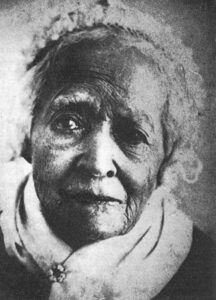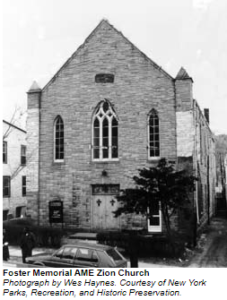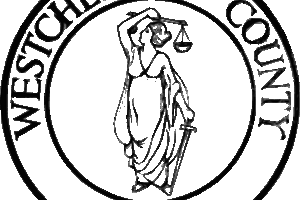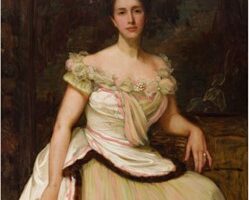
The River Towns and the Hudson River itself are rich in history, including the pivotal role they played in the Revolutionary War – and the Underground Railroad. The Railroad was a large network of churches, homes, and other locations that helped an estimated 100,000 enslaved people escape to freedom in the North or Canada.
The Hudson Valley served as one of the routes for the Railroad as great numbers of people were smuggled from Philadelphia to New York – then to Albany on their way to freedom.
The stakes were high for both the enslaved, and the people helping them. If caught, the slaves would be returned to bondage and likely punished. And thanks to the Fugitive Slave Act of 1850, the people who assisted them faced large fines and even prison time.
Many details of the Railroad are lost to history. Sara Mascia, executive director of the Historical Society of Sleepy Hollow and Tarrytown, says “The Underground Railroad was very secretive and in many locations there are not many records to back up the stories. In addition, lots of the history comes from oral tradition. That being said – some places do have better documentation than others.”
It’s widely believed that Peekskill was a stop on the Railroad, with the John Sands house on Main Street serving as a safe house. Another place that hasn’t been lost to history is also right in our backyard. Mascia says “for our Tarrytown-Sleepy Hollow community we do know that Amanda Foster and the members of the AME Zion Church in Tarrytown were supporters of the Underground Railroad and likely used her store on Main Street as a ‘station.’ The store is long gone – but the church is still in existence – now named the Foster Memorial AME Zion Church.”

That church was named after co-founders Amanda and Henry Foster, who organized it with two friends. Amanda Foster was a free black woman who was born in Albany in the household of Governor Dewitt Clinton, and she died in Tarrytown in 1904 – at the age of 97. Mascia describes how a biography of Foster explains the impetus for her later involvement with the Underground Railroad, “one of her jobs was working for Governor James Sevier Conway of Arkansas in the late 1830s. At one point, while traveling with the Conway family, Foster gave her free papers to an enslaved woman in Beardstown, Kentucky. She stated, ‘I felt it was my duty to help her to liberty.’”
Amanda and Henry Foster hosted church meetings in their home, and also her confectionary on Main Street in Tarrytown. Mascia says it didn’t take long for that church to start helping the enslaved, “Influenced by her earlier assistance to the enslaved woman in Kentucky, church oral history includes stories about church members who assisted fugitive enslaved people as they passed through Tarrytown, though little or no traditional documentation exists.”
The Foster Memorial AME Zion Church is located on 90 Wildey St., and it’s open to the public.







Best piece yet!
We need more articles as great as this!
A welcomed article. Great coverage. The Stephen and Harriet Myers Residence in Albany thanks you!
Great article!